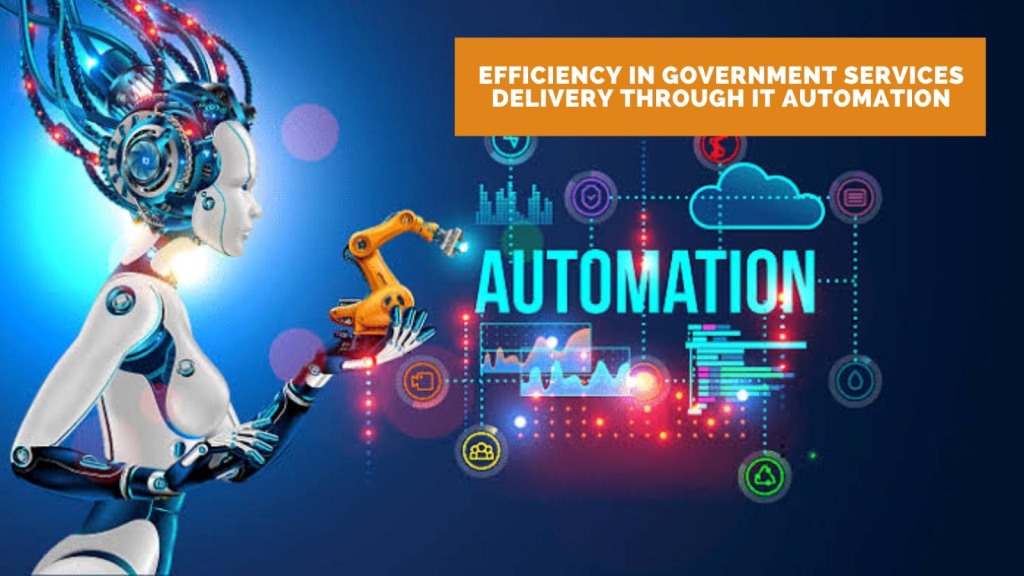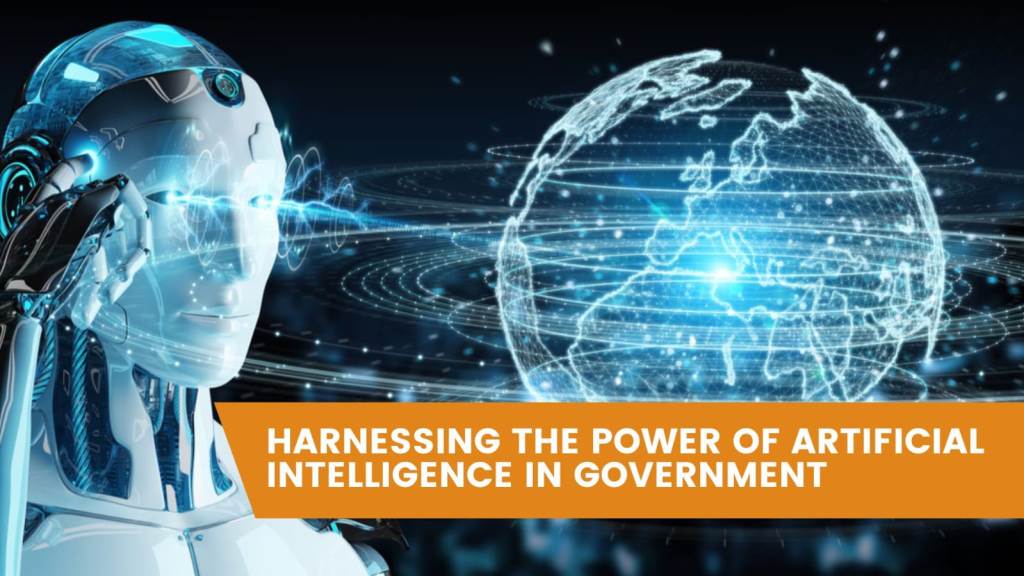Efficiency in Government Services Delivery through IT Automation
Published on July 27, 2023
In response to growing fiscal challenges in 2023 (and moving forward), government entities at various levels are actively exploring avenues to streamline operations and minimise costs while upholding service quality for citizens (like the US government, for example.)
A key solution gaining traction in the public sector is intelligent automation… which encompasses different technologies.
By automating manual and repetitive tasks, these technologies empower government agencies and public sector organisations to optimise efficiency — enabling staff to focus on strategic initiatives.
McKinsey identifies automation as a transformative solution that boosts productivity, enhances quality, ensures reliability, and achieves substantial performance improvements.
In this blog, I will focus on the benefits and potential of intelligent automation in the public sector, particularly in increasing the effectiveness of local government service delivery.
Benefits of IT automation for governments
1. Agile IT Infrastructure:
Incorporating IT automation enables governments to create a highly adaptable and flexible IT infrastructure.
By automating routine tasks such as software deployments, server provisioning, and network configuration, government agencies can respond swiftly to changing needs and scale their operations efficiently.
This agility allows for the seamless integration of new technologies, rapid deployment of updates, and improved overall system performance, resulting in a more responsive and dynamic government IT ecosystem.
2. Strengthened Cybersecurity:
In an era of increasing cyber threats, IT automation plays a pivotal role in fortifying the security posture of government entities.
By implementing automated security measures such as real-time monitoring, threat detection, and incident response, governments can swiftly identify and mitigate potential risks.
Automated patch management and vulnerability assessments ensure that critical systems are up to date, minimising vulnerabilities.
These automated security processes reduce human error, enhance threat detection capabilities, and ultimately safeguard sensitive citizen data and government infrastructure from cyberattacks.
3. Increased Productivity and Performance:
IT automation empowers government employees by relieving them of repetitive and time-consuming tasks.
By automating routine processes like data entry, report generation, and document processing, employees can redirect their efforts towards more strategic and impactful endeavours.
The increased productivity leads to faster service delivery, improved citizen satisfaction, and a more efficient allocation of resources.
Moreover, automation minimises the risk of errors and delays, resulting in higher accuracy and quality of government services.
4. Disaster Recovery:
Disasters, whether natural or technological, pose a significant risk to government operations.
IT automation plays a vital role in disaster recovery by automating backup and recovery processes. Automated data backup ensures that critical information is securely stored and readily available for restoration in the event of a disaster.
Additionally, automated recovery processes enable quick restoration of systems and services, minimizing downtime and ensuring continuity of essential government functions.
With IT automation in place, government entities can swiftly respond to and recover from disruptions, minimizing the impact on citizens and maintaining uninterrupted service delivery.
Where can IT automation be adopted in the government?
Government adoption of IT automation can revolutionize the citizen experience, driven by the growing demand for enhanced convenience and efficiency in our digitally reliant society.
Just as we expect seamless online reservations, effortless travel bookings, and instant access to services like medical appointments or ride-hailing, citizens now anticipate swift and effective interactions with their government.
Intelligent automation emerges as the game-changer in meeting these expectations.
Interactive chatbots are equipped with natural language processing (NLP), swiftly addressing citizen inquiries, providing instant solutions, and guiding them through various processes.
Moreover… automated workflows streamline the traditionally tedious procedures of applying for permits, licenses, and other government services.
The result?
A transformed citizen experience marked by speed, convenience, and seamless interactions with the government.
Key use cases for automation in the government include:
● Human Resources
● Taxes
● Revenue
● Healthcare
● Public Safety
● Customer Service
● Child Welfare, etc.
Bottom line
By embracing IT automation, government entities can bridge the gap between citizen expectations and service delivery.
With different cutting-edge technologies at their disposal, governments can redefine what it means to REALLY engage with citizens — offering efficient and user-friendly digital experiences that rival those of leading industries.
However, it is crucial to acknowledge and address the challenges that come with the adoption of intelligent automation in the public sector.
Just like their counterparts in the private sector, government employees may harbour concerns that automation will render their roles obsolete.
However, it is important to emphasize that the purpose of automation is to collaborate with employees rather than replace them…
About the Author
Mohammad J Sear is focused on bringing purpose to digital in government.
He has obtained his leadership training from the Harvard Kennedy School of Government, USA and holds an MBA from the University of Leicester, UK.
After a successful 12+ years career in the UK government during the premiership of three Prime Ministers Margaret Thatcher, John Major and Tony Blair, Mohammad moved to the private sector and has now for 20+ years been advising government organizations in the UK, Middle East, Australasia and South Asia on strategic challenges and digital transformation.
He is currently working for Ernst & Young (EY) and leading the Digital Government practice efforts across the Middle East and North Africa (MENA), and is also a Digital Government and Innovation lecturer at the Paris School of International Affairs, Sciences Po, France.
As a thought-leader some of the articles he has authored include: “Digital is great but exclusion isn’t – make data work for driving better digital inclusion” published in Harvard Business Review, “Holistic Digital Government” published in the MIT Technology Review, “Want To Make Citizens Happy – Put Experience First” published in Forbes Middle East.
More from Mohammad J Sear





